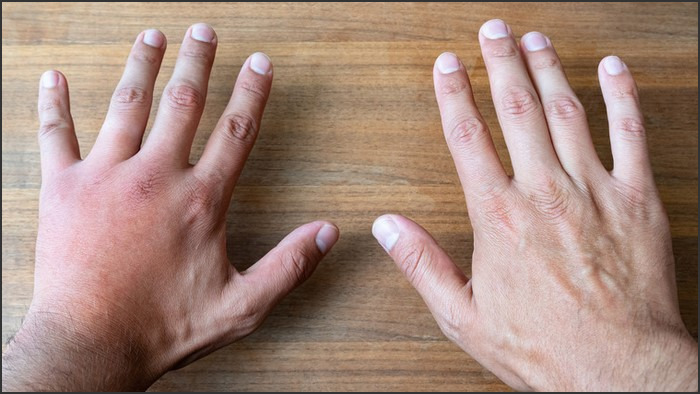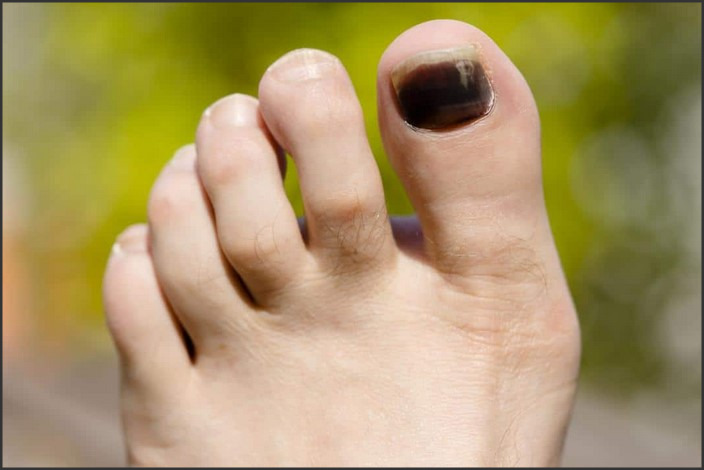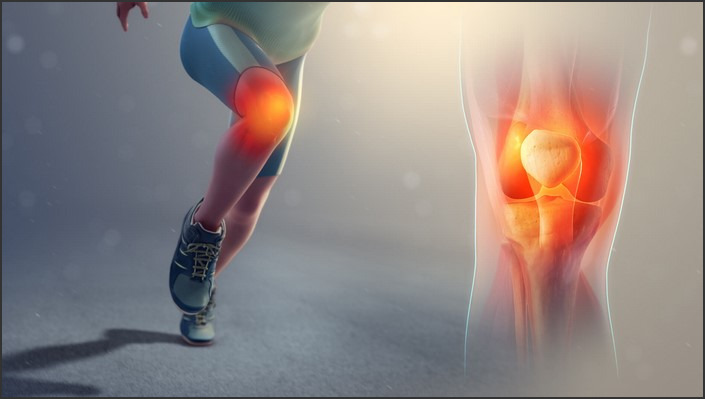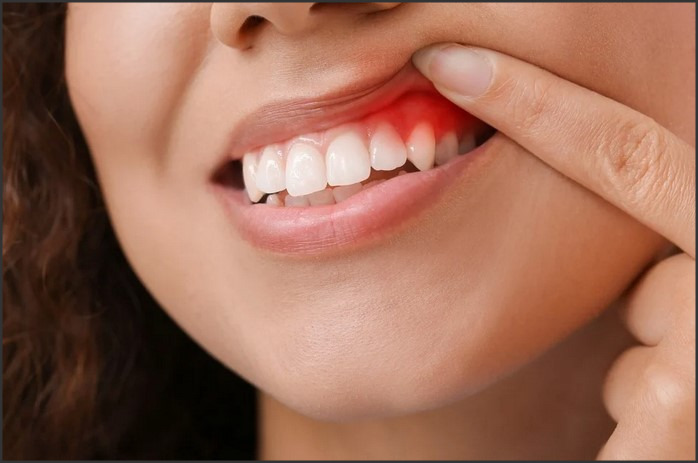
Bed bugs are small, parasitic insects that feed on the blood of humans and other warm-blooded animals. They are a growing problem in homes, hotels, and other places where people sleep. Bed bugs can be difficult to identify and can cause a variety of health problems, including skin rashes, allergic reactions, and psychological distress. This article will provide information on bed bug identification, prevention, and eradication strategies. It will also discuss the importance of seeking professional help if an infestation is suspected.
Identifying Bed Bugs on Beds: How to Spot the Signs of an Infestation
Bed bugs are a common problem in many households, and they can be difficult to identify. Knowing how to spot the signs of an infestation is essential for preventing and treating bed bug infestations.
The first sign of a bed bug infestation is the presence of small, reddish-brown bugs on the bed. Bed bugs are small, oval-shaped insects that are about the size of an apple seed. They are usually found in the seams and crevices of mattresses, box springs, and bed frames. Bed bugs may also be found in other furniture, such as couches and chairs.
Another sign of a bed bug infestation is the presence of small, dark spots on the bed. These spots are the bed bug’s excrement, which is made up of digested blood. Bed bugs may also leave behind small, white eggs, which are about the size of a pinhead.
Bed bugs can also leave behind a musty, sweet odor. This odor is caused by the bed bug’s pheromones, which are released when the bed bug is disturbed.
If you suspect that you have a bed bug infestation, it is important to take action immediately. Vacuuming the bed and surrounding areas can help to remove bed bugs and their eggs. It is also important to wash all bedding and clothing in hot water and dry them on the highest heat setting.
If the infestation is severe, it is best to contact a professional pest control company for assistance. They can provide effective treatments to eliminate the bed bug infestation and prevent future infestations.
Preventing Bed Bugs on Beds: Tips for Keeping Your Bed Bug-Free
Bed bugs are a growing problem in many homes and can be difficult to get rid of once they have infested a bed. To prevent bed bugs from taking up residence in your bed, there are several steps you can take to keep them away.
1. Vacuum your bed regularly. Vacuuming your bed on a regular basis can help to remove any bed bugs that may be present. Be sure to vacuum the mattress, box spring, and any other areas around the bed where bed bugs may be hiding.
2. Use a mattress cover. A mattress cover can help to prevent bed bugs from getting into your mattress. Look for a mattress cover that is designed to keep bed bugs out and is made of a material that is not easily penetrated by bed bugs.
3. Wash your bedding regularly. Washing your bedding in hot water on a regular basis can help to kill any bed bugs that may be present. Be sure to use a detergent that is designed to kill bed bugs.
4. Check for bed bugs regularly. Regularly inspect your bed for signs of bed bugs, such as small black spots or eggs. If you find any signs of bed bugs, contact a professional pest control company to help you get rid of them.
5. Keep your bed away from walls. Bed bugs can easily travel from walls to your bed, so it is important to keep your bed away from walls. If possible, keep your bed in the center of the room.
By following these tips, you can help to keep your bed bug-free and ensure that you and your family can sleep soundly.
Conclusion
In conclusion, bed bugs are a serious problem that can cause a great deal of discomfort and distress. However, with the right identification, prevention, and eradication strategies, it is possible to effectively manage and eliminate bed bugs from your home. By following the steps outlined in this article, you can help to ensure that your home is free from bed bugs and that you and your family can enjoy a comfortable and safe environment.








